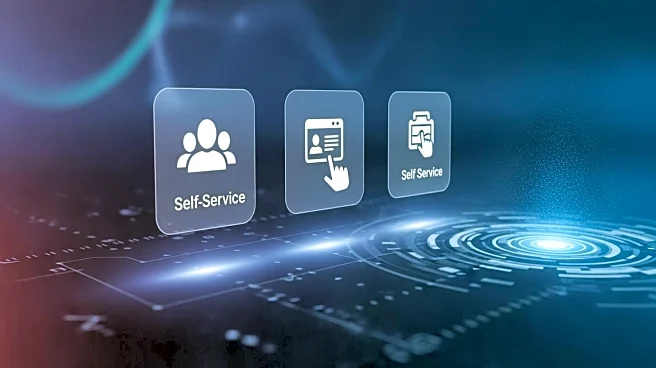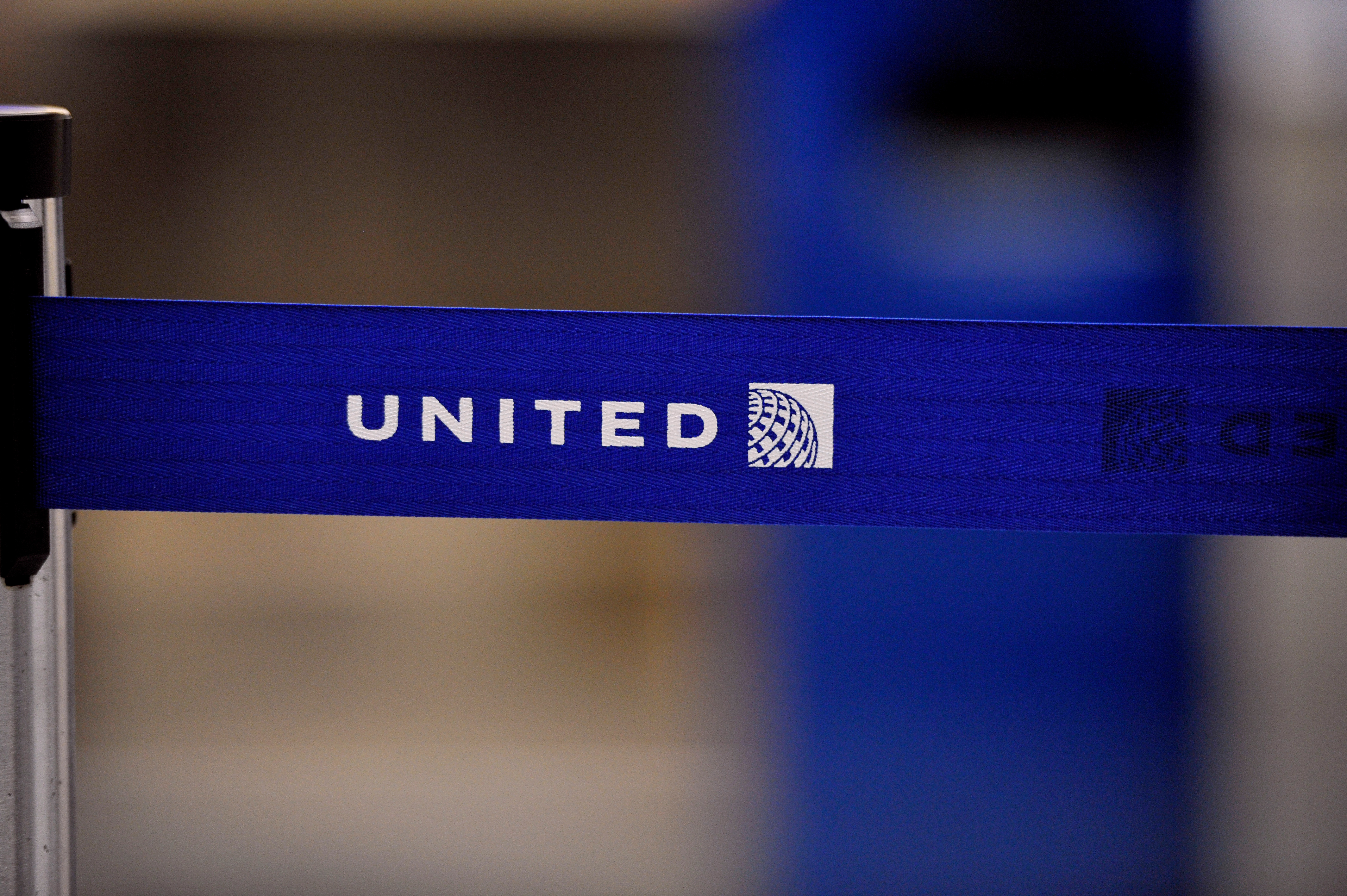What's Happening?
The Canada Revenue Agency (CRA) has introduced new digital improvements as part of its 100-day service improvement plan, aimed at reducing the need for taxpayers to call the agency. The new 'register again'
option allows taxpayers who have lost access to their accounts to regain access without calling. Additionally, the 'manage balance' service enables taxpayers with tax debts of $1,000 or more to set up payment arrangements independently. The CRA has also expanded a callback pilot for the disability tax credit and updated its website information regarding Tax-Free Savings Accounts (TFSAs) to help taxpayers avoid overcontributions.
Why It's Important?
These digital enhancements by the CRA are crucial in improving taxpayer experience and efficiency in accessing services. By redirecting call volume to self-service portals, the CRA aims to reduce call centre delays and improve service delivery. The updated TFSA information is particularly important as it addresses common taxpayer frustrations related to overcontributions, which can result in costly penalties. These improvements reflect the CRA's commitment to modernizing its services and providing taxpayers with easier access to essential information and tools.
What's Next?
The CRA will continue to focus on reducing processing backlogs and enhancing the usability of its web content. The agency is working towards meeting the December 11 deadline set by the federal finance minister to fix call centre delays. As the CRA implements automation and system enhancements, it is expected to further improve service delivery and taxpayer satisfaction. The success of these initiatives may lead to additional digital improvements and expanded self-service options in the future.
Beyond the Headlines
The shift towards digital self-service options by the CRA highlights a broader trend in government agencies adopting technology to improve service delivery. This approach not only enhances efficiency but also empowers taxpayers to manage their accounts independently, reducing reliance on traditional call centres. As digital services become more prevalent, taxpayers may experience greater convenience and accessibility, potentially transforming the way they interact with government agencies.













